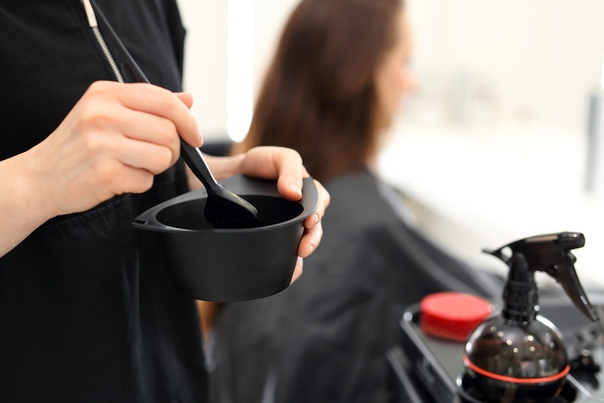Classic hair dyes are a magnificent mixture of more chemical products than each other.
These begin their actions a few millimeters from the scalp and brain, which involves potentially risky chemical and toxic reactions.

Are you tired of consuming chemicals? Are you already eating organic and want to take the next step, that is to say, to generalize ethical consumption?
Yes, but staying beautiful?
So this is a helpful solution to your problems, to be beautiful while remaining natural.
Why choose organic coloring?
Efficiency, respect for the scalp, and the environment. These are three arguments for adopting organic colors and abandoning chemical ones.
Natural colors (plant or organic) are devoid of ammonia. They are not tested on animals, have fewer toxic substances, and are more rapid. You can choose natural coloring by studying the color charts. There are several dedicated ones, such as that of Beliflor or Logona.
100% vegetable dyes form a protective sheath around the hair. They have a definite advantage because they do not mix with the original color of the hair and do not enter the hair fiber, unlike the traditional ones.
Natural colors are limited. They make it possible to lighten or darken the hair by up to three shades. This aspect may seem to be a drawback, but we will see below that it is not one.
The transition from chemical to natural
Dyes, discolorations, light highlights, scans, perms. Organic colors offer all its possibilities. However, they require a transition preparation.
Natural action is different from a chemical solution. It does not penetrate the hair fiber but coats it. It protects and revitalizes. If you are used to chemical care, you should wait a minimum of five weeks before switching to plant care to avoid having chemical residues, thereby reducing the risk potential for adverse reactions.
Note that in the event of a change in the type of coloring, the covering power of vegetable solutions is not total and does not allow it to spread entirely over the hair fiber. Alas, it does not wholly remove the “root effect,” of which many complaints.
Before making your first natural solution, it is advisable to clean the hair thoroughly to open the scales. The idea is to remove the pigments to guarantee color better. The best solution for optimal cleaning is to apply a clay mask, all for a quarter of an hour. A minimum of 7-8 applications is advised for a real result (it’s hard to be beautiful).
Coloring in cream or powder, the dilemma
Applying creams is more accessible due to its texture. It is indeed possible to color only certain parts of the hair while the powder requires overall use. The latter offers more volume and gives a less coppery tone, but the intensity of its color is less critical, as is the shine rendered on the hair.
In both cases, organic colorings offer much more than a hair dye; they provide complete care. By not entering the hair fiber, but by coating it, the natural pigments leave the hair healthy. They keep their benefits and their shine.
The choice to take between powder and cream, therefore, results from the personal interest linked to the coloring. Before making your choice, you should still know that these two options can be mixed to enjoy the advantages of each, but less intensely. It’s a good compromise.
The “nude” trend
Organic colors are part of the “nude” trend. Having started in textiles and make-up, this trend highlights the complexion without being noticed. This is the most significant advantage of plant colorings. They bring to light by enhancing the hair. The natural result does not emphasize the hair but beautifies the entire face. From the outside, we don’t notice the coloring work. It is subtle and well done. You are even more beautiful by remaining yourself!
Products to choose
If you want to try vegetable colorings, take an interest in two brands specifically: K for Karit� and Logona. The first is French and labeled Cosm�bio when the second was a pioneer who invented organic coloring. K pour Karit� is also specialized in professional solutions for hairdressers and make-up artists.
For a red/orange coloring, think of henna. In addition to its choice of colors, admittedly limited, it does not attack but takes care of the hair even more. It will make it thicker by sheathing it and making it stronger. However, it has the drawback of drying up. To counter this undesirable effect, simply add a yogurt and olive oil to the preparation.
